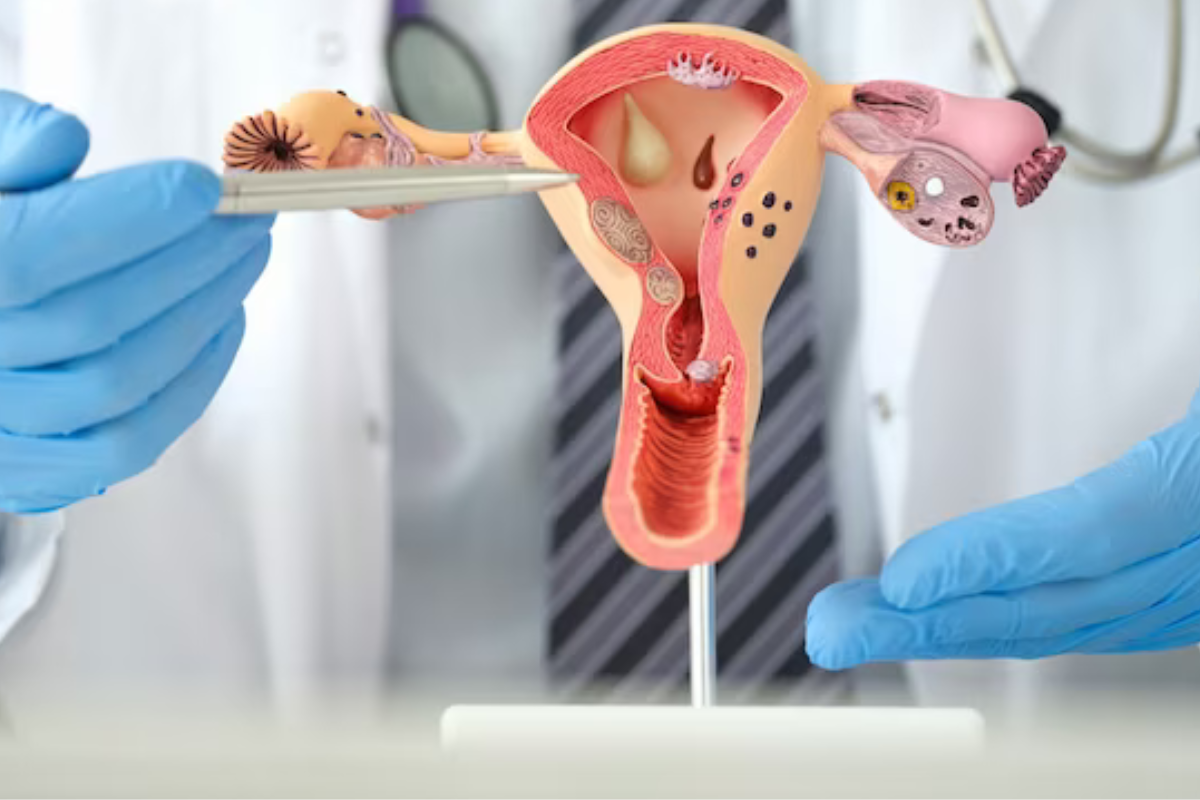A Pap smear, also known as a Pap test, is a screening procedure performed in pathology to detect abnormalities in the cervix that may indicate the presence of cervical cancer or other cervical conditions. Here are the key details regarding the Pap smear service in pathology:
-
Purpose:
- The primary purpose of a Pap smear is to identify early signs of cervical cancer or pre-cancerous changes in the cells of the cervix.
-
Procedure:
- During a Pap smear, a healthcare provider collects a small sample of cells from the cervix using a spatula or brush. The collected cells are then transferred onto a glass slide or placed in a liquid medium for preservation.
-
Sample Processing:
- In the pathology laboratory, the collected sample is processed to create a thin, even layer of cells on a slide. This slide is then stained to enhance visibility under a microscope.
-
Microscopic Examination:
- A pathologist examines the stained slide under a microscope to assess the morphology of the cervical cells. Abnormalities, such as changes in cell size, shape, and arrangement, are carefully evaluated.
-
Reporting and Results:
- The pathology report provides information about the cytological findings. Results are typically classified into categories such as normal, atypical squamous cells of undetermined significance (ASCUS), low-grade squamous intraepithelial lesion (LSIL), high-grade squamous intraepithelial lesion (HSIL), or the presence of cancer cells.
-
Frequency:
- The frequency of Pap smears varies based on guidelines and individual risk factors. It is generally recommended for women to start routine Pap screening around the age of 21 and to continue at regular intervals as advised by their healthcare provider.
-
Follow-up Testing:
- Depending on the results, further diagnostic tests or procedures may be recommended, such as colposcopy or a biopsy, to confirm the presence of abnormalities and guide appropriate management.
-
Preventive Aspect:
- Pap smears are a crucial component of cervical cancer prevention, as they allow for the detection and management of abnormalities before they progress to invasive cancer.
-
Patient Education:
- Pathology services often include patient education on the importance of regular screenings, risk factors for cervical cancer, and any necessary follow-up procedures.
-
Quality Assurance:
- Pathology laboratories adhere to rigorous quality assurance measures to ensure the accuracy and reliability of Pap smear results.
It is important for individuals to consult with their healthcare providers to determine the most appropriate screening schedule based on their age, medical history, and other risk factors. Regular Pap smears contribute significantly to the early detection and prevention of cervical cancer.
